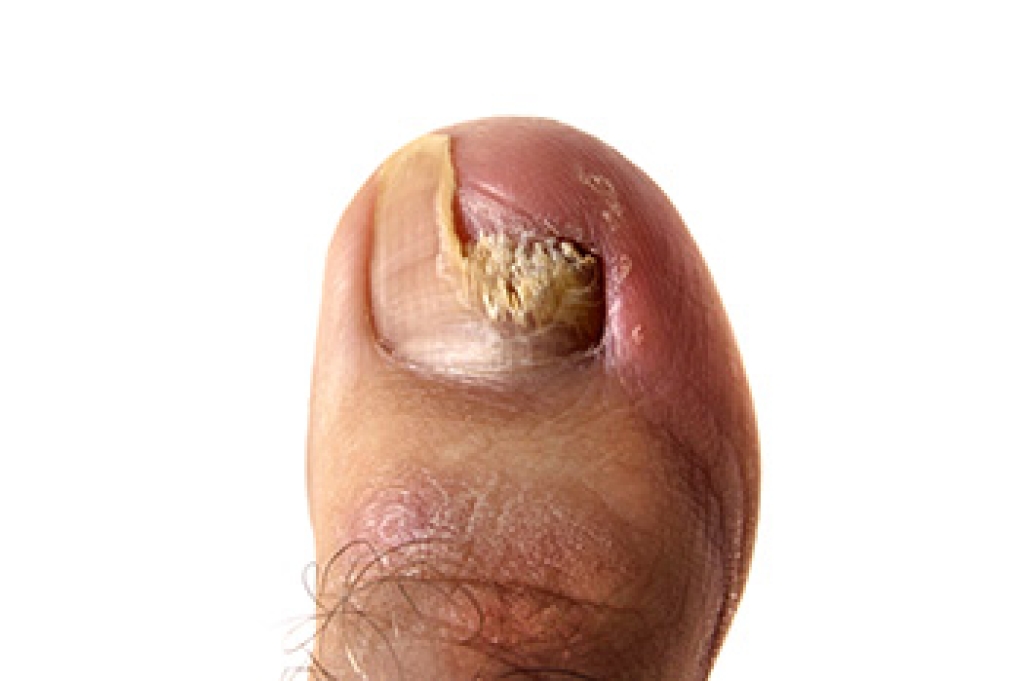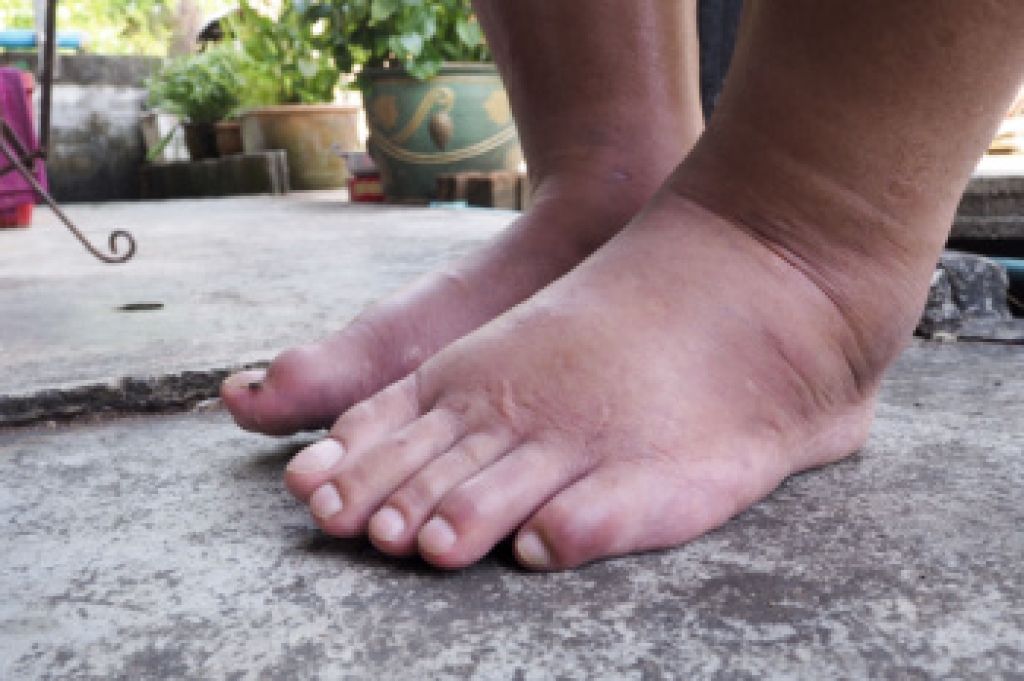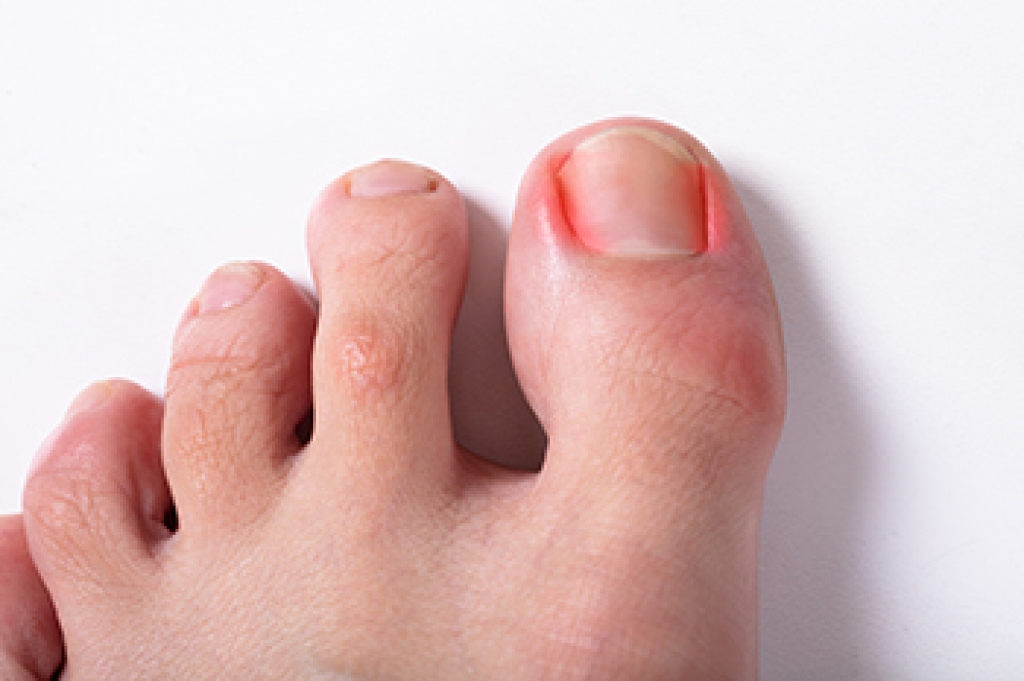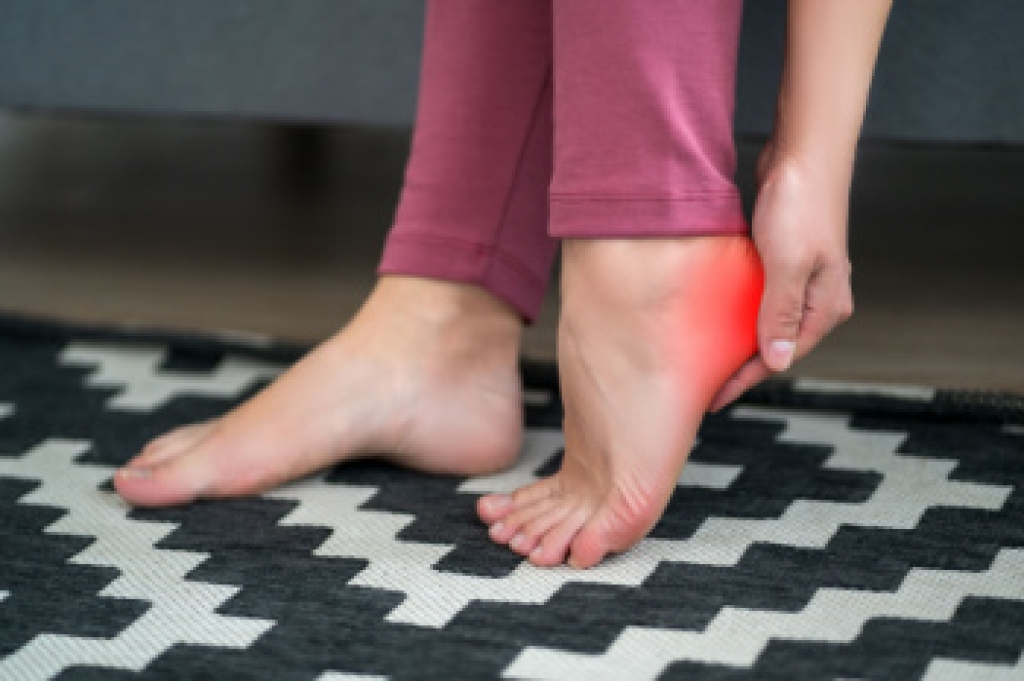
Toenail fungus does not appear overnight, but once it takes hold, it is hard to ignore. At first, a small white or yellow spot may appear on the toenail. Over time, the nail thickens, turns yellow or brown, and may become brittle, crumbly, or even lift from the nail bed. Some people experience a foul odor, while others feel discomfort when wearing shoes. Treatment takes patience. Mild cases may improve with antifungal creams or medicated nail lacquers, but more stubborn infections often require prescription oral medication or laser treatments. In severe cases, the nail may need to be removed. Prevention is key. Keep feet clean and dry, wear breathable shoes, and avoid walking barefoot in public places like around pools or in locker rooms. Trim nails straight across and disinfect nail clippers. If the infection persists, it is suggested that you see a podiatrist who can recommend the best course of action.
If left untreated, toenail fungus may spread to other toenails, skin, or even fingernails. If you suspect you have toenail fungus it is important to seek treatment right away. For more information about treatment, contact one of our podiatrists of Foot & Ankle Centers of Charlotte County . Our doctors can provide the care you need to keep you pain-free and on your feet.
Symptoms
- Warped or oddly shaped nails
- Yellowish nails
- Loose/separated nail
- Buildup of bits and pieces of nail fragments under the nail
- Brittle, broken, thickened nail
Treatment
If self-care strategies and over-the-counter medications does not help your fungus, your podiatrist may give you a prescription drug instead. Even if you find relief from your toenail fungus symptoms, you may experience a repeat infection in the future.
Prevention
In order to prevent getting toenail fungus in the future, you should always make sure to wash your feet with soap and water. After washing, it is important to dry your feet thoroughly especially in between the toes. When trimming your toenails, be sure to trim straight across instead of in a rounded shape. It is crucial not to cover up discolored nails with nail polish because that will prevent your nail from being able to “breathe”.
In some cases, surgical procedure may be needed to remove the toenail fungus. Consult with your podiatrist about the best treatment options for your case of toenail fungus.
If you have any questions please contact our offices located in Punta Gorda and Port Charlotte, FL . We offer the newest diagnostic and treatment technologies for all your foot and ankle needs.




